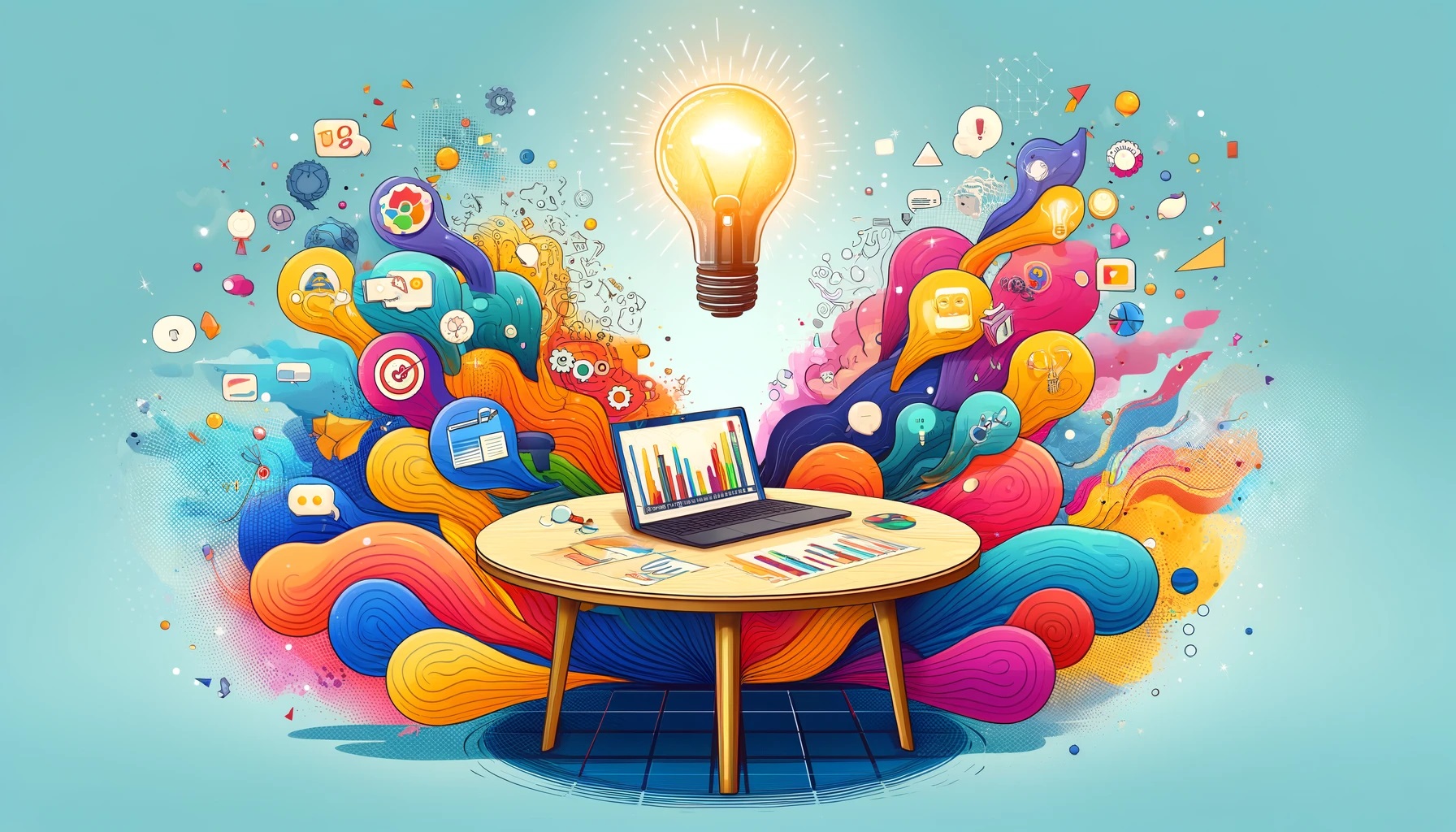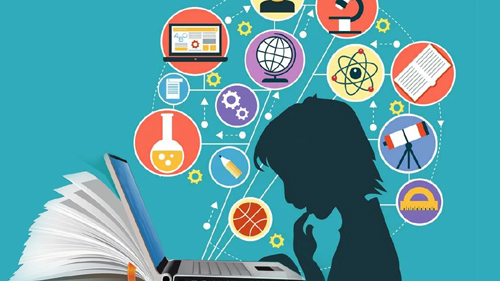In today's digital age, technology is becoming increasingly integrated into all aspects of life, including education. As technology continues to evolve, it is essential for educators to embrace new educational strategies that leverage technology to enhance learning and prepare students for the 21st century workforce. This article will discuss some of the new educational strategies that are being adopted worldwide, as well as provide real-life examples and statistics to support their effectiveness.
Technology is a powerful tool for learning, but it's not the only one, and it's not always the best one. The key is to use technology in ways that amplify human capabilities, not replace them.
One of the most significant new educational strategies is the use of online and blended learning. Online learning refers to education that is delivered entirely over the internet, while blended learning combines online and traditional classroom instruction. According to a report by the Babson Survey Group and the University of Phoenix, in 2021, around one-third of all higher education students in the United States were taking at least one online course. This number is expected to continue to increase as more schools and universities adopt online and blended learning programs. Furthermore, a report by the UNESCO Institute for Statistics states that in 2019, approximately one in four students worldwide were enrolled in an online course.
One real-life example of an institution that has successfully embraced online and blended learning is Open University in the United Kingdom. Open University offers a wide range of online degree programs, and it's known as one of the largest providers of distance education in the world. Additionally, Open University's flexible and innovative approach to education has been successful in increasing access to higher education for non-traditional students.
Another new educational strategy that is gaining popularity is the use of gamification. Gamification refers to the use of game design elements in non-game contexts, such as education. According to a report by the European Schoolnet, in 2021, gamification is being used in over 40% of schools in Europe to enhance student engagement and motivation. Real-life examples of this include the use of virtual reality and augmented reality in the classroom, as well as the use of interactive games and simulations to teach a variety of subjects.
One example of a school that has successfully implemented gamification is the National Institute of Education in Singapore. The school has integrated game-based learning into their curriculum, using a variety of digital games and simulations to teach subjects such as mathematics, science and history. This approach has been successful in increasing student engagement, motivation and critical thinking skills.
A third new educational strategy that is being adopted worldwide is the use of mobile technology. Mobile technology, such as smartphones and tablets, is becoming increasingly prevalent in schools and is being used to enhance student learning and engagement. According to a report by the International Association for K-12 Online Learning (iNACOL), over 90% of K-12 schools in the United States have a 1:1 mobile device program. This means that students have access to a device such as a tablet or laptop that they can use in the classroom and at home. Furthermore, the same report states that in 2021, over 70% of K-12 schools worldwide have adopted mobile technology.
A real-life example of a school that has successfully embraced mobile technology is the Fujian Experimental High School in China. The school uses mobile technology to provide students with an interactive and personalized learning experience. Students use tablets and laptops to access digital resources, collaborate with classmates, and complete assignments. This approach has been successful in increasing student engagement, motivation, and academic performance.
In conclusion, technology is playing an increasingly important role in education, and new educational strategies are needed to fully leverage its potential and prepare students for the 21st century workforce. Strategies such as online and blended learning, gamification, and mobile technology have been shown to be effective in enhancing student engagement and motivation, as well as improving academic performance. Real-life examples of institutions that have successfully embraced these strategies include Open University, National Institute of Education, and Fujian Experimental High School. As technology continues to evolve, it is essential for educators to stay informed and adopt new strategies that can help to create a more engaging and effective learning environment for students.









